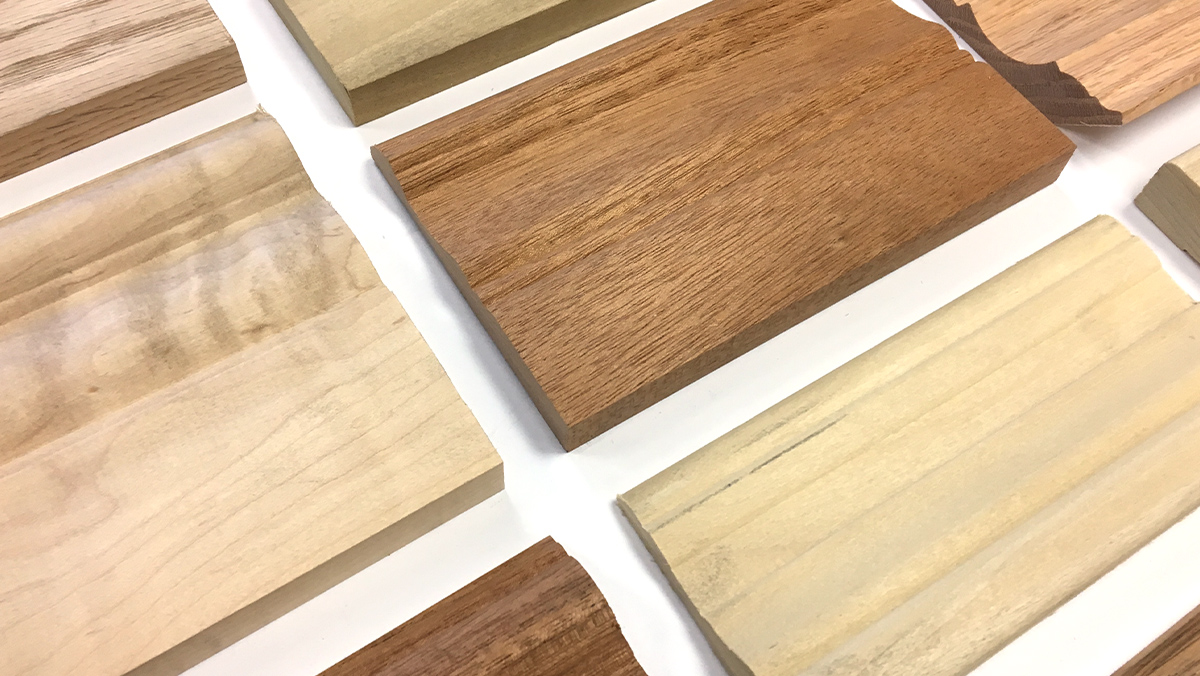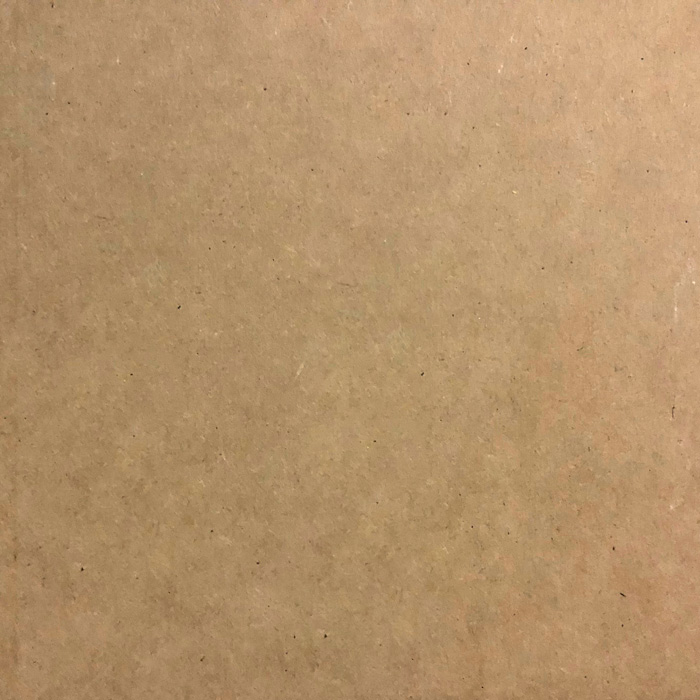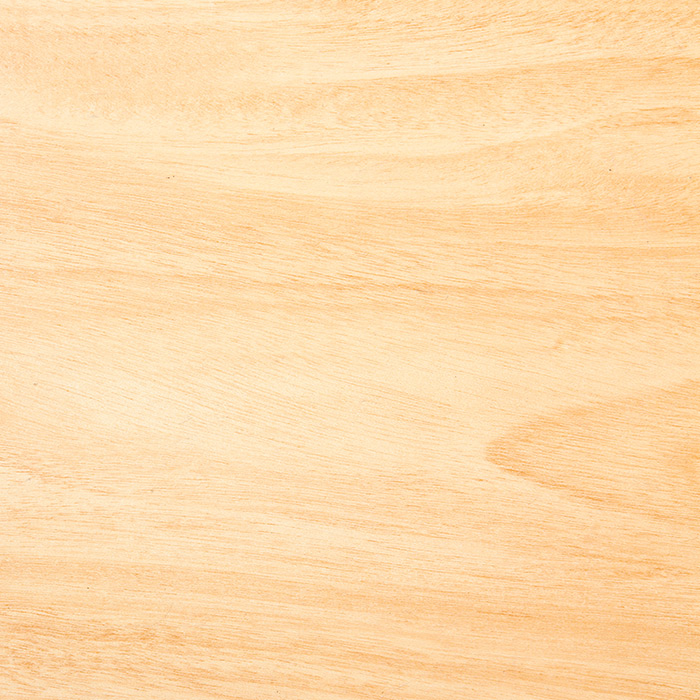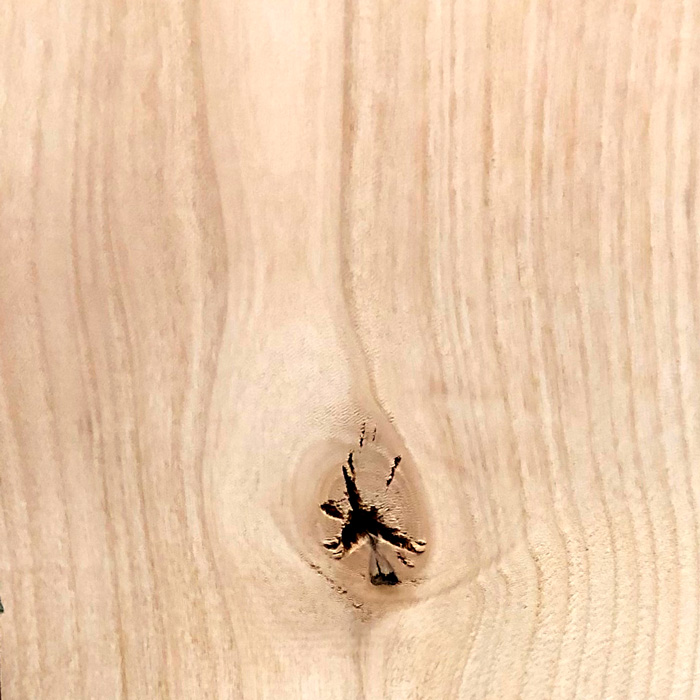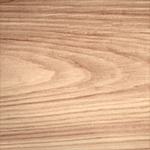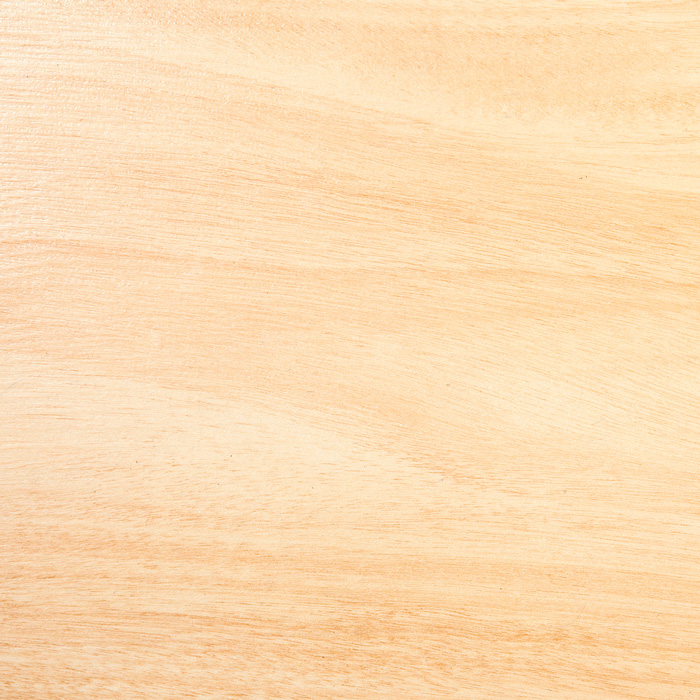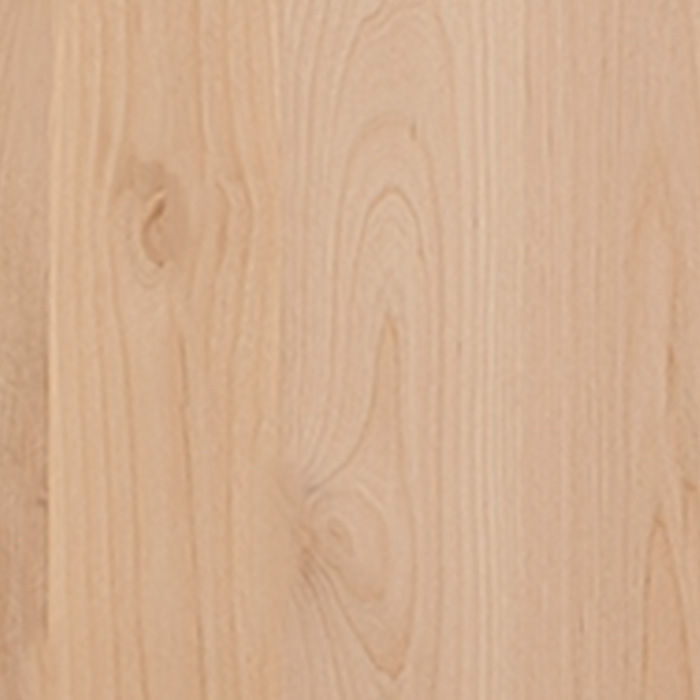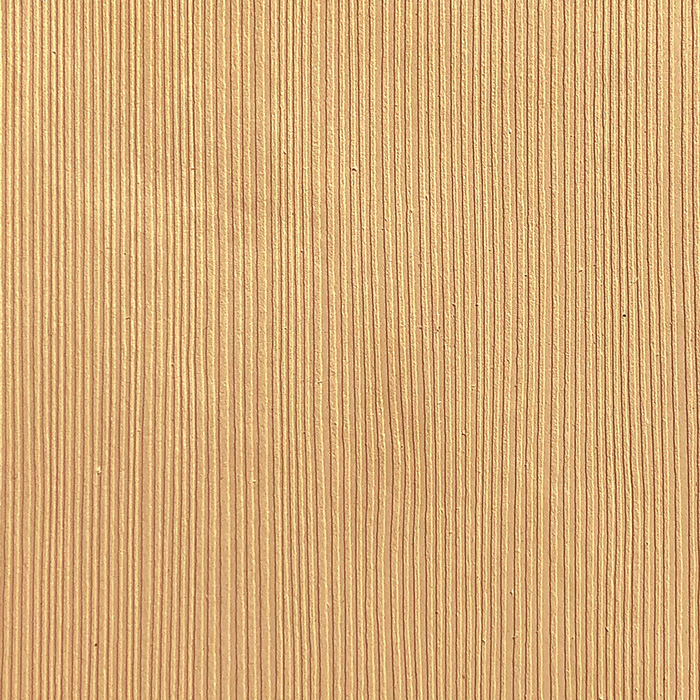What material of moulding is right for you?
Selecting the right species of moulding is one of the the most challenging and creative parts of finishing your space. With so many choices you can craft your vision into reality and fit any architectural challenge.
Get creative with any of the following options.
View MouldingMDF, MUL, & LDF
An engineered wood product that is a composite of sawdust, wood shavings, small wood chips, and resin that provides a uniform material for cutting, nailing, painting. MDF has a hard, flat, smooth surface and is free of knots and grain, making it easy to cut and allows finishes to be applied directly to the surface. Ultralight MDF and Light Density LDF are paint grade products that provide wonderful architectural profiles at amazingly affordable prices. Our Ultralight MDF, identified as MUL, is an ultra lightweight density fiberboard imported from Chile, and are produced from sustainable forestry management. MUL is not harvested from natural forests, nor does its fiber come from genetically modified or old-growth trees.
Common Uses : Casing, crown, jambs, baseboard, chair rails, and many other decorative profiles.
Finger Joint Pine
Finger-joint (paint-grade) pine is made from short pieces of pine finger-jointed together to create each piece of moulding. FJ Pine offers the advantages of solid wood in a less expensive product that typically is factory-primed and is less prone to warping and twisting. It is light enough and stiff enough for one person to install and holds nails very well. Raw FJ Pine can be sealed with either a latex or an oil-based primer.
Common Uses: Decorative trim, window and door surrounds, for surrounds, coffered ceilings, non-structural architectural features and mantels.
Solid Pine
Heartwood is a light brown and can have a slightly reddish hue. Sapwood is a pale yellow to nearly white. Flatsawn surfaces frequently exhibit small brown streaks from the conspicuous resin canals present in the tree. Grain is straight with an even, medium to coarse texture. Sugar Pine is easy to work with both hand and machine tools and glues and finishes well.
Common Uses: crates, boxes, interior millwork, and construction lumber.
Poplar
A light cream to yellowish brown, with occasional streaks of gray or green. Poplar typically has a straight, uniform grain, with a medium texture and a low natural luster. Very easy to work in almost all regards. Its low density, can sometimes leave fuzzy surfaces and edges. Sanding to finer grits of sandpaper may be necessary to obtain a smooth surface.
Common Uses: casing, crown, jambs, baseboard, chair rails, and plywood.
Alder
Typically a light tan to reddish brown: color darkens and reddens with age. Grain is generally straight, with a moderately fine, uniform texture. Alder is very easy to work with both hand and machine tools and sands easy. Alder has excellent gluing, staining, and finishing properties and also turns well.
Common Uses: Veneer, plywood furniture, cabinetry, and millwork.
Oak
A light to medium brown, commonly with a reddish cast with white to light brown sapwood. Grain varies from straight to swirls, with a coarse, uneven texture. Produces good results with hand and machine tools. Responds well to steam-bending, and glues, stains, and finishes well.
Common Uses: Cabinetry, furniture. interior trim. flooring, and veneer.
Douglas Fir
Varies in color based upon age and location of tree. Usually a light brown color with a hint of red and/or yellow, with darker growth rings. Grain is generally straight, or slightly wavy and medium to coarse texture, with moderate natural luster. Typically machines well, but has a moderate blunting effect on cutters. Accepts stains, glues, and finishes well.
Common Uses: Veneer, plywood, and structural/construction lumber.
Cherry
A light pinkish brown when freshly cut, cherry darkens to a medium reddish brown with time and upon exposure to light. The grain is usually straight and easy to work with in the exception of figured pieces with curly grain patterns. It has a fine, even texture with moderate natural luster. Cherry is known as being one of the best all-around woods for workability, is stable and machines well.
Common Uses: Cabinetry, fine furniture, flooring, Interior millwork, veneer, turned objects, and small specialty wood Items.
Mahogany
Color can vary a fair amount, from a pale pinkish brown, to a darker reddish brown and tends to darken with age. Grain can be straight, interlocked, Irregular or wavy. Texture is medium and uniform, with moderate natural luster. Typically very easy to work with tools: sands very easily, turns, glues, stains, machines and finishes well.
Common Uses: Furniture, cabinetry, turned objects, venners, and carving.
Redwood
Color ranges from a light pinkish brown to a deep reddish brown. Curly figure or Redwood burl (sometimes referred to as "lace") are occasionally seen. Grain is generally straight, though figured pieces may be be wavy or irregular with a coarse texture and low natural luster. Generally easy to work with, using hand tools or machinery. Glues and finishes well.
COMMON USES: Veneer, construction lumber, beams. posts, decking, exterior furniture, and trim.
Walnut
Heartwood is usually a light to medium tan, sometimes with a reddish tint. Grain is typically straight, with a medium to coarse texture. Easily worked with both hand and machine tools, glues, stains and finishes well.
Common Uses: High-end furniture and architectural millwork.
Maple
Color ranges from nearly white, to an off-white cream color, sometimes with a reddish or golden hue. The grain is generally straight, but may be wavy and has a fine, even texture. Fairly easy to work with both hand and machine tools. Turns, glues, and finishes well, though a pre-conditioner, gel stain, or toner may be necessary for more even color when staining.
Common Uses: Moulding, flooring, veneer, musical instruments, baseball bats, and other turned and specialty wood items,
